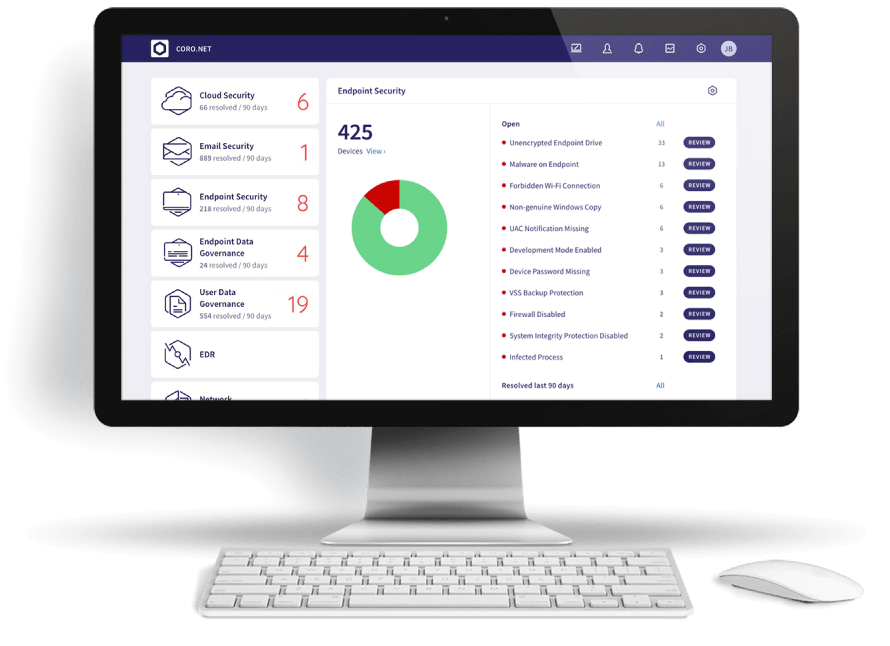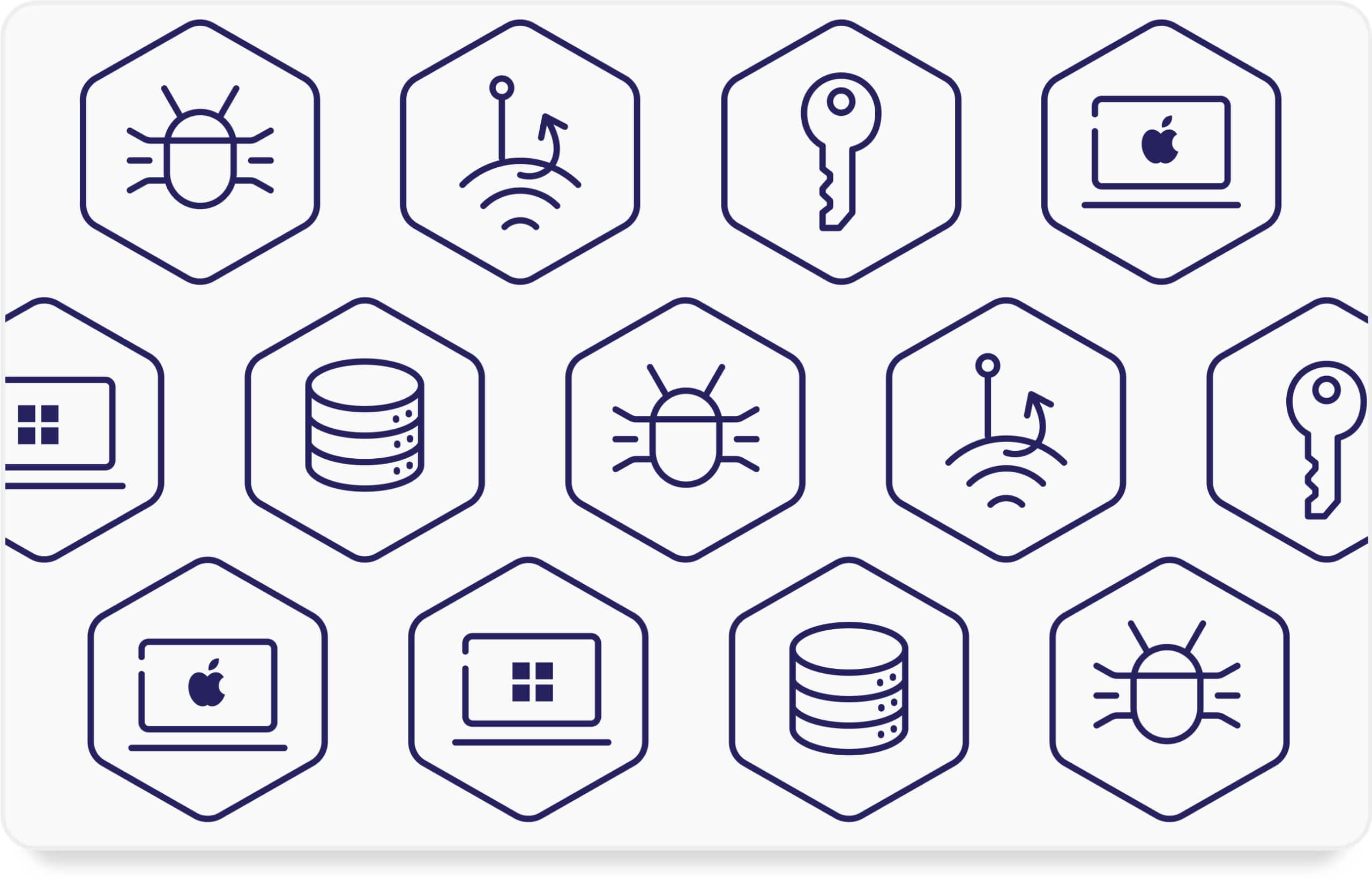Inside a school, cybersecurity is everyone’s business. Along with an IT team, K-12 district board members, superintendents, administrators, and faculty members are all stakeholders in keeping data safe and secure.
One of the reasons security is a shared responsibility is because a cyberattack impacts the entire school. Lost student data, compromised financial records, or even operational shutdowns can impact learning, finances, and daily functions. Because many breaches occur due to human error—like clicking malicious links in phishing scams— faculty and staff need training to identify these threats and avoid them.
The IT department can’t be everywhere at once. Teachers and staff can be the eyes and ears, reporting suspicious activity or potential breaches to IT for investigation.
Let’s take a look at the ways K-12 IT teams can share the responsibility and become more effective:
1. Cybersecurity Should Be Present in Meetings and Budgets
Building awareness starts at the top. As the NIST 2.0 framework for small organizations— like schools—explains, cybersecurity threats should be prioritized alongside any other types of risks to your school. Plan to regularly attend school board meetings and provide concise, jargon-free cybersecurity updates. Explain the evolving threats, potential consequences of breaches, and the importance of investing in cybersecurity resources. Translate technical terms into clear descriptions of their impact on student data privacy, operational continuity, and overall school safety. This transparency helps board members make informed decisions regarding cybersecurity budgets, purchases, and policies that best suit the district’s needs.
2. Transparency with School Administration
Provide regular updates to your administrative team, including principals, special education directors, and curriculum directors. When planning security upgrades or potential network outages, give them plenty of lead time to prepare to ensure smooth rollouts and minimize disruptions. Additionally, school IT leaders should involve administrators in vetting applications to ensure compliance with federal student privacy laws. By working together, the IT department and administrators can develop a unified security strategy.
3. Empowering Staff Through Training
Cybersecurity awareness training is crucial for faculty and staff. Many cyberattacks rely on social engineering and phishing emails. Equipping staff with the knowledge and tools to identify these threats is vital. Training sessions should be engaging, informative, and held a couple of times a year to keep pace with evolving threats. Emphasize the applicability of these skills to everyone’s personal lives as well, further strengthening the overall security posture.
4. Shared Understanding of the Cybersecurity Framework
Whatever cybersecurity framework you’re using, ensure everyone in the district—from teachers to board members—has a shared understanding of it. The response plan should outline roles and responsibilities in the event of a cyberattack, including containment, communication, and recovery procedures. Regular communication about the plan and any updates—such as assembling a first-responders unit—fosters a sense of preparedness and reduces confusion during the fog of an attack.
5. Grant Assistance from Administration
Cybersecurity resources can be expensive. The administration team and school board can be instrumental in securing funding through potential cybersecurity grant opportunities. Assist them by researching relevant grants, tailoring proposals to address the district’s specific needs, and providing technical expertise during the application process.
6. Proactive Prevention over Reactive Responses
While training is important, prevention is even better. The IT department should prioritize implementing preventive measures. This includes separating administrative accounts from user accounts, enforcing multi-factor authentication, and regularly auditing and cleaning up the active directory. Furthermore, regularly assess the security posture of third-party vendors used by the school district. These proactive steps not only strengthen security but also improve the district’s position when negotiating cybersecurity insurance renewals.
7. Ongoing Communication and Collaboration
Cybersecurity is an ongoing process. It’s one of the reasons NIST 2.0 has added “Govern” as a core function in its framework—because monitoring your cybersecurity risk management strategy, expectations, and policy is an “always on” task.
As part of that strategy, maintain clear and consistent communication channels with all stakeholders – board members, administrators, faculty, and staff. Regularly discuss updates on the evolving threat landscape, security measures being implemented, and training opportunities. Foster a collaborative environment where everyone feels comfortable reporting suspicious activity or potential threats. This open communication strengthens the lines of defense and increases the likelihood of identifying and mitigating cyber threats before they escalate.
Looking Ahead
By working together and adopting a multi-layered approach, K-12 IT leaders can create a more secure learning environment for students and staff. Cybersecurity awareness training, shared understanding of security protocols, and proactive prevention measures are key components of a robust defense strategy. As threats evolve, ongoing collaboration and communication keep everyone informed and equipped to handle cyber threats effectively.










